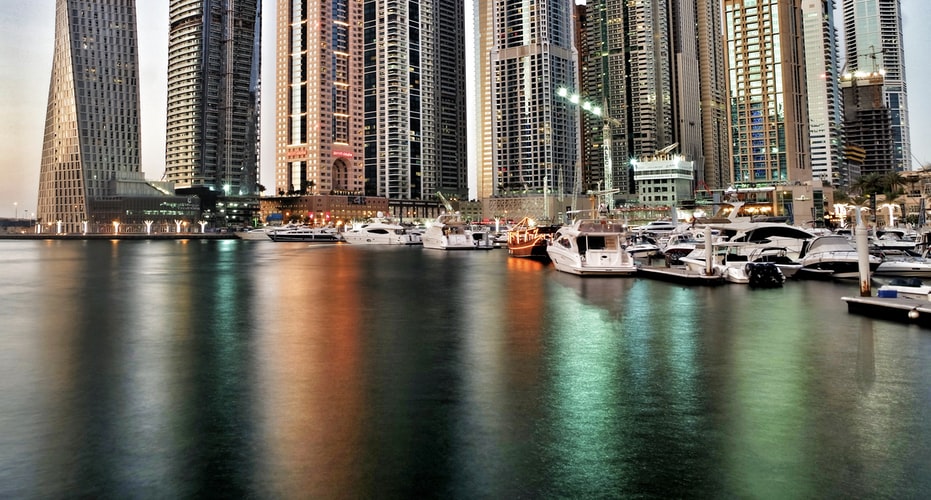
In the first year, at least $26 billion worth of Indian products like gems and jewelry that are currently subjected to five percent import duty in the UAE will enjoy zero tax status, leading to a transformational shift in the two-way trade ecosystem that also will bring about far-reaching changes on the global commercial landscape.
The Comprehensive Economic Partnership Agreement (CEPA) signed by the UAE and India on February 18 is poised to open up exciting new vistas for India in a wide array of sectors, in particular, labor-intensive industries such as textiles, leather, footwear, sports goods, plastics, furniture, agricultural and wood products, engineering, pharmaceuticals and medical devices, and automobiles. The services sector segments which would get a significant boost from the pact include computer-related services, audio-visual, education, health, tourism, travel, nursing, engineering, and accountancy.
The pact will create at least one million jobs and comes at a critical time when the UAE, which is India’s third-largest trade partner, is working with New Delhi to boost bilateral trade to a pre-pandemic level of $60 billion this year and propel it to $100 billion in five years.
The signing of the pact with the UAE should also help to speed up India’s proposed free trade agreements with Saudi Arabia, Bahrain, Qatar, Kuwait, and Oman during this year itself. India is negotiating almost half a dozen similar agreements with the UK, the EU, Australia, Israel, and Canada.
India’s Minister of Commerce and Industry Piyush Goyal was quoted as saying that since there are certain formalities to be completed, the agreement would be taken to the cabinet.
“The process should take 60 days and after that, we are looking at Labour Day or the first week of May for making the CEPA effective.”
While around 90 percent of products exported from India to the UAE will attract zero duty with the implementation of the agreement, 80 percent of lines of trade will attract zero duty, and remaining 20 percent does not affect India’s exports much.
“With most Indian exports enjoying zero-duty status, prices of export quality goods in the UAE will be lower, eliminating the need for NRIs to bring those goods when they travel to the Gulf. Most important is the ready availability of medicines at below 25 percent of the prices of Western countries,” said Ram Buxani, chairman of ITL-Cosmos Group
“This is a win-win agreement for both nations. While the UAE will emerge as the global gateway for a significant share of Indian exports to Africa, Middle East, and Europe, India stands to benefit from the trade hub status and excellent logistics and connectivity of the UAE,” said Thomas KV, chairman of Thomsun Group.
In another significant gain for India and as a first in the CEPA agreement, the UAE has agreed to automatic registration and market authorization for India in medicines after their regulatory approval in developed countries such as the USA, the EU, the UK, and Japan.
Sharjah Chamber of Commerce and Industry Business Group chairman Lalu Samuel said the agreement would also bring great benefits to businessmen and investors in the private sector by improving access to markets, providing opportunities to invest in vital sectors such as aviation, environment, hospitality, logistics, investment, building and construction, financial services and digital.
Under the pact, India is getting duty-free access for its fresh and frozen meat, cheese, spices, certain organic chemicals, and paper products. Sports goods and furniture exports to the UAE could also get zero-duty access while India’s plastic exports could rise to $1.3 billion from about $418 million at present. Jewelry industry leaders said they expect exports of plain and studded gems and jewelry to increase to $10 billion by 2023 and double thereafter in the next five years.
Source: UAE-India trade deal effective from May – News | Khaleej Times
